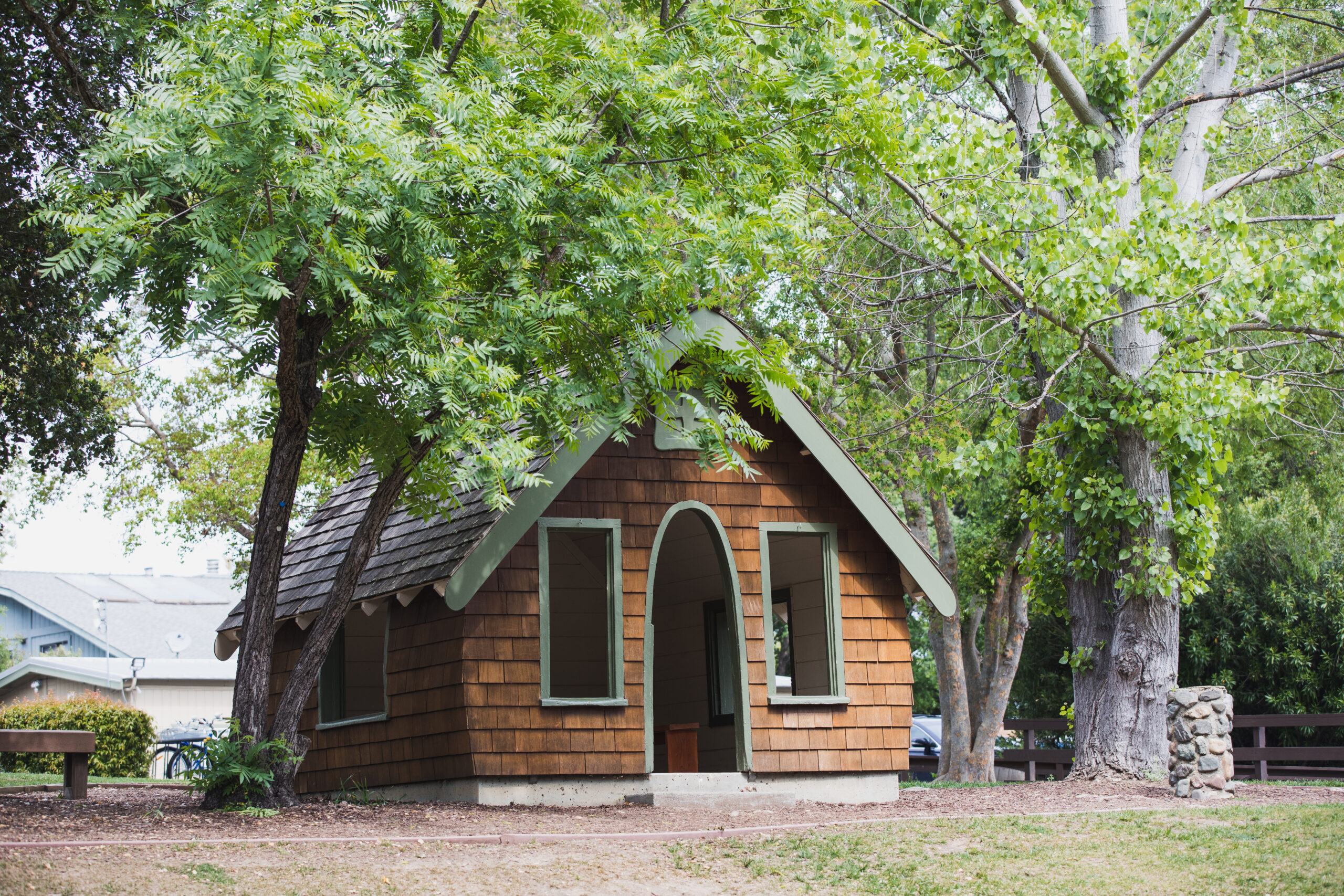Earlier this week, I visited the 4th graders during their first publishing party of the year, a key part of our newly implemented Writer’s Workshop program. When I walked into the classroom, the children were silently reading stories authored by their classmates. The room had the quiet and powerful energy of a fully engaged class of students. I joined in, as quietly as I could, and then had the privilege of reading a few of the stories myself—adding my own feedback next to the comments they made on their peers’ work.
As they reached the end of the sharing time, I spoke with the students about what they had done. They described the process they had undertaken to write their stories, from identifying a personal moment through writing, revising, and final publication. I marveled at the language they used, as they described how they came up with the seed ideas that became the basis of their stories, their use of anchor texts as models for story openings, the genuine challenges they had overcome (what should I write about? how do I find the right word to describe this moment?), and the pride they felt in producing a published work. They spoke like real writers, not 4th grade students. I was impressed.
Later that same day, Director of Technology Don Orth shared with me a short video he had put together about art teacher Ken Hay’s clay animation project with 3rd graders. Ken has explored clay animation with his students for many years, but this is the first time that he used iStopMotion, an application on the iPad. Ken explained that the intuitive nature of iStopMotion allowed the students to begin producing their animations immediately, instead of having to focus extensive time and energy on the technology and the software. Freed to focus on the story—and not the filming process itself—students produced elaborate stories with sophisticated examples of movement. My favorite moment is a scene in which creatures go underwater, a scattering of air bubbles on the surface the only evidence they were there.
As I reflected on it later that night, it struck me that these two projects are perfect examples of how we are always looking for ways to encourage our students to author their own stories. Sometimes we do this literally, allowing them to create written or artistic narratives. Much of the time, however, we do it by placing children as the lead characters in their own educational story. Our teachers are not the classic “sage on the stage” talking at children for six hours a day, but rather are talented guides and coaches who create a lively and interactive classroom where children are empowered to make decisions, solve problems, and become the the joyful authors of their own learning adventures.
As a school, Hillbrook has its own narrative. It is a story rooted in the school’s earliest years, when our students built the Village of Friendly Relations. The story has carried through the interceding years as we evolved from a small boarding school for wards of the state to the Hillbrook of today—one of the premier elementary independent schools in the South Bay. Even as we have evolved and grown, we have not lost touch with our earliest roots. Indeed, when I look at Hillbrook today with its focus on problem-based learning, extensive opportunities for hands-on learning, and a commitment to innovation as seen through our iPad program and the iLab, I’m struck by the resonance between what we are doing today and the vision of our founders.
Each year, I have an opportunity at the State of the School to stop at a moment in time and share with the community how the Hillbrook story continues to unfold. During this presentation, I will share with parents the programmatic improvements we have implemented as a school in the last few years, the major initiatives we have underway this year, and the many ways in which we are constantly striving each day to better meet our vision and mission as a school. In addition, Tom Archer, the Chair of the Finance Committee of the Board of Trustees, will discuss the school’s financial model, affirming our strong financial health and answering questions about the school’s finances.
I ask you to join me, Tuesday, November 13, at 8:15 am or 6 pm in the multi-purpose room to talk about Hillbrook today. It is a narrative that is firmly rooted in our storied past as well as thoughtfully focused on an extraordinarily promising future. A story about a community of teachers, parents, and students who are linked together by a powerful vision of what a school should be—a place that inspires students to achieve their dreams and reach beyond themselves to make a difference in the world. I look forward to our conversation.
